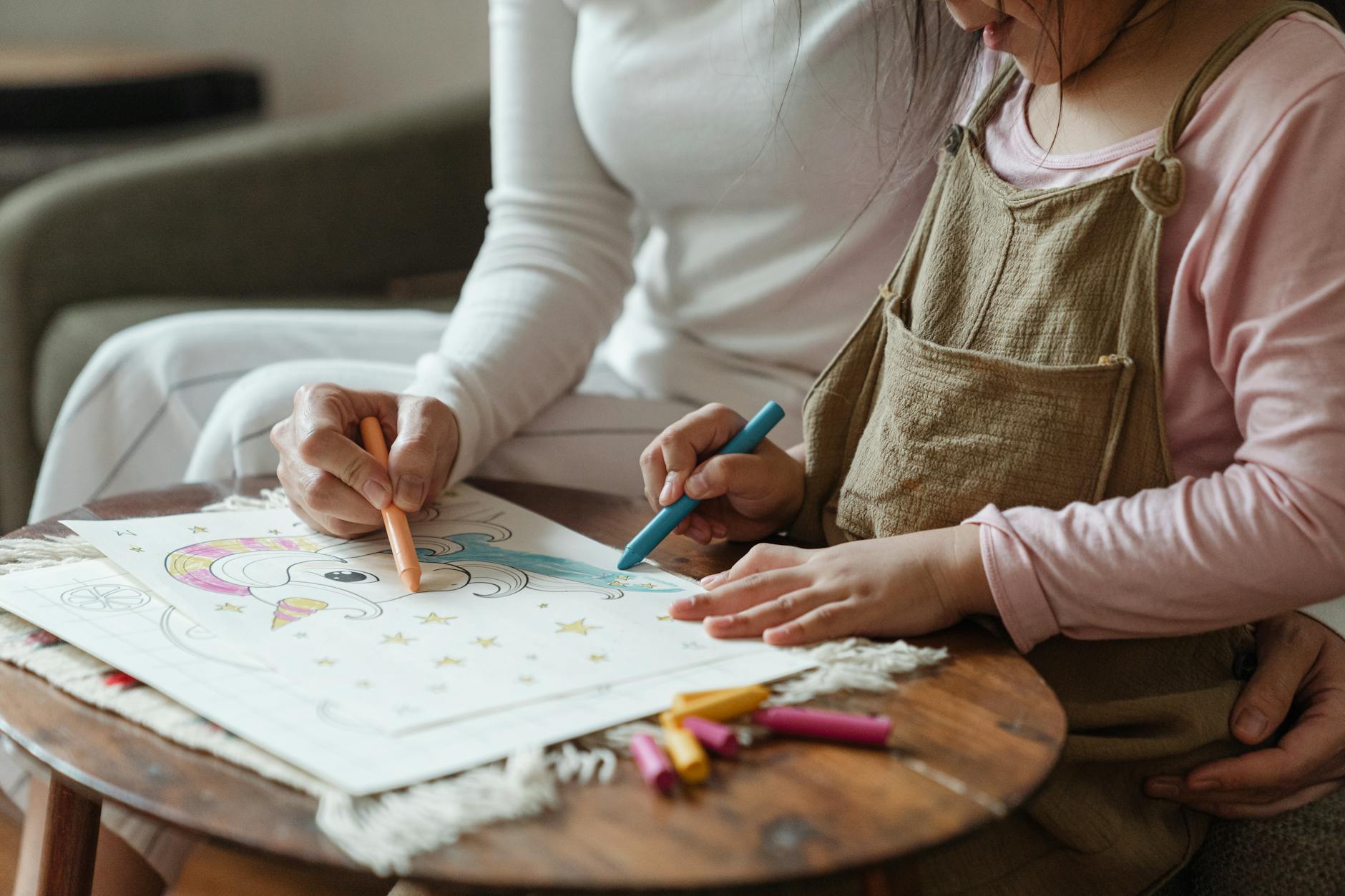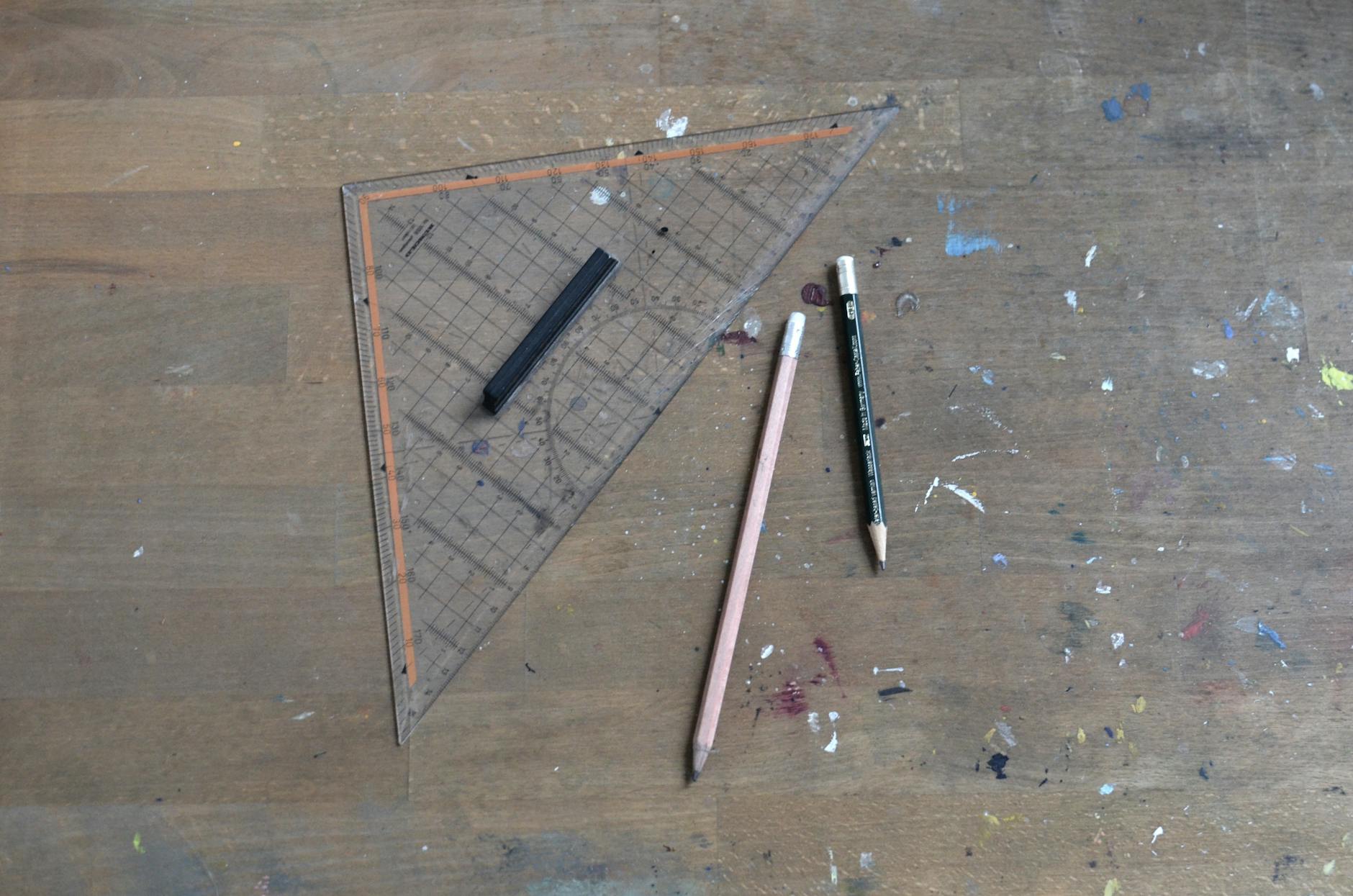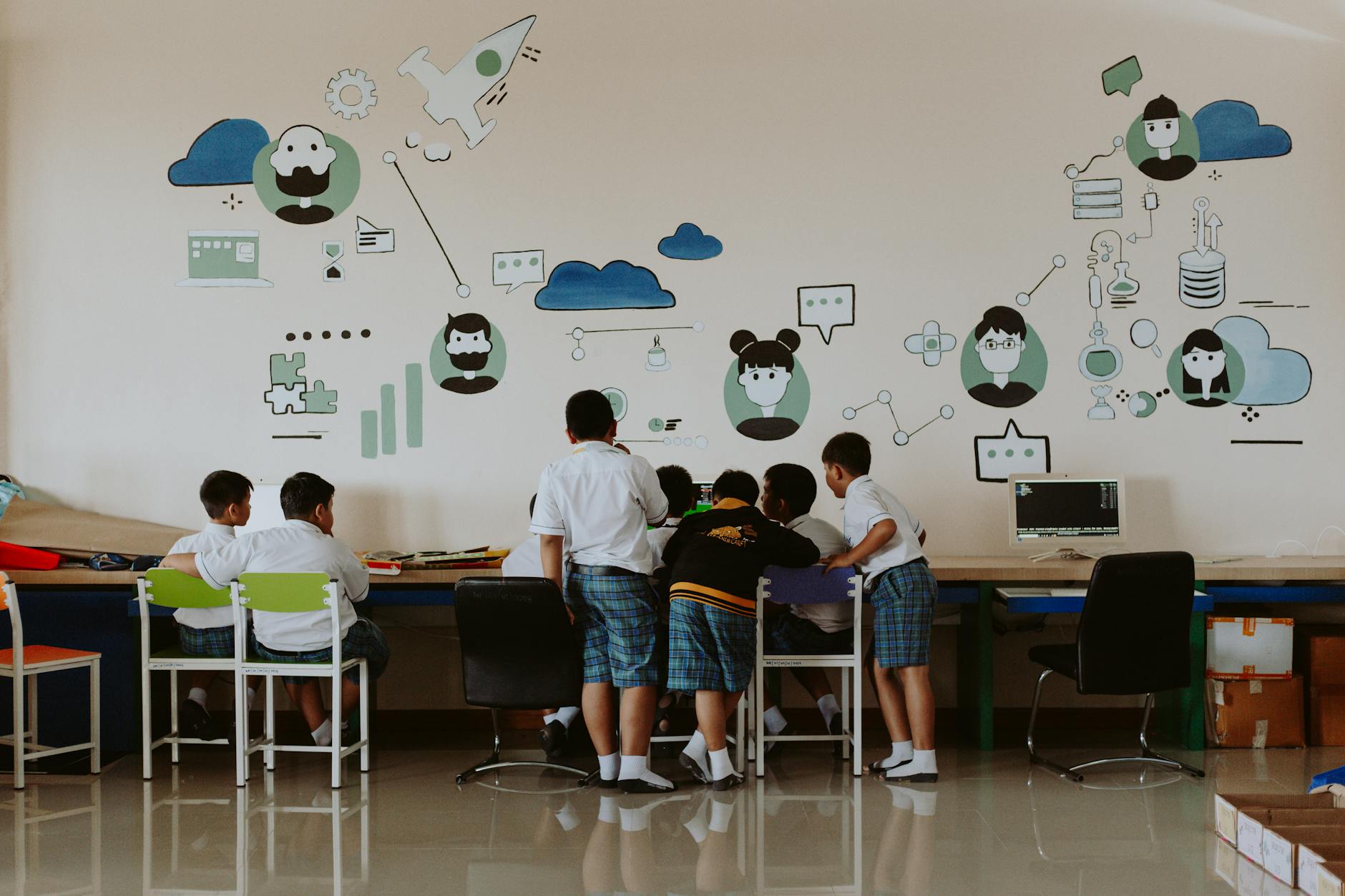Are Art Educators in the United States Ready for Virtual Craft Innovations?

Exploring Virtual Craft Innovations
The intersection of technology and creativity offers exciting possibilities with virtual crafts. In Chicago, inspired by the diverse artistry found at the Art Institute of Chicago, creative minds can explore ways to integrate art into their lives. This is where virtual paint classes come into play, providing a dynamic outlet that adapts to our fast-paced urban existence. As an art facilitator, I find joy in embracing these innovations that redefine how we approach creative expression.
Virtual crafts present an ecosystem of pottery classes nyc and cooking classes san francisco, each tailored to bring learning experiences to life through screens. These classes not only break geographical barriers but also introduce innovative techniques that educators can adopt and adapt within their own classrooms.
To effectively leverage virtual crafts, consider these strategies:
- Introduce interactive elements, such as live Q&A sessions, to foster a sense of community.
- Use breakout rooms for small-group collaboration, encouraging participants to engage more intimately.
- Present varied multimedia resources to address different learning preferences.
The vibrant gallery scene of Pilsen reminds us of the potential that comes when innovation meets tradition. As we continue to explore these virtual opportunities, let us remain committed to nurturing the creative spark that resides within us all, transforming it into tangible artistic mastery. Whether shaping clay in a digital setting or blending colours on a virtual canvas, these activities promise to enhance our artistic journey.
Art Educators' Preparedness
Current Skill Sets
As an art facilitator in Chicago, I recognise that educators are already equipped with foundational skills such as creativity and a strong understanding of artistic techniques. However, the ability to adapt these skills for an evolving digital landscape is crucial. Experience with software tools used in virtual team building activities can serve as a valuable asset in transitioning to online crafts. It's like when you walk through the vibrant gallery scene of Pilsen—you need to have your eyes open to new perspectives while maintaining a grasp on timeless techniques.
Necessary Adaptations
Art educators need to innovate their approaches to incorporate digital tools effectively. This might involve learning to use new platforms for online craft classes or adopting virtual reality elements to enhance student engagement. Think of this adaptation as crafting a bespoke solution—as unique and meticulously structured as a pottery piece from Lillstreet Art Center, tailored for your students' diverse needs.
Training Opportunities
There are ample opportunities for educators to boost their digital prowess through professional development courses and workshops. Many local institutions offer resources to assist in this transition. Consider collaborative efforts with tech-savvy colleagues or attending virtual seminars to gain insights. Enhancing your digital skills not only broadens your teaching repertoire but also creates enriching educational experiences that are on par with visiting iconic places like the Art Institute of Chicago.
Benefits of Virtual Crafts
Accessibility for All
In the vibrant gallery scene of Pilsen, art isn't just a privilege for a selected few—it's a powerful medium that everyone should have access to. Virtual crafts democratise this artistic expression by eliminating geographical and financial barriers. Whether you're deep into pottery classes chicago or just exploring the craft from your home, it opens new doors. No longer do artistic pursuits require costly materials or physical travel to venues. All you need is an internet connection, and the world's thriving creative community is at your fingertips.
Flexibility and Convenience
For those with demanding schedules, like engineers in the renewable energy sector, virtual crafts provide unmatched flexibility. You can manage your creative journey alongside your professional commitments, finding comfort in knowing that something like a paint and sip nyc event is just a few clicks away. It lets you explore creative outlets on your terms, whether it’s late at night after a long day at work or during a brief lunch break to refresh your mind.
Environmental Impact
Virtual crafts contribute positively by reducing the environmental footprint typically associated with in-person classes. There's no need to gather physical materials or commute, significantly lowering the demand for resources. This aligns perfectly for those passionate about sustainability—engaging in crafts that appreciate the planet as much as the art itself. Through creative innovation, embracing virtual platforms provides a sense of accomplishment without compromising environmental values.
Challenges to Adoption
Technological Barriers
Navigating the world of virtual crafts can be daunting, particularly when technology poses a significant challenge. Educators often find themselves grappling with the uncertainties of digital tools and platforms. The complexity of setting up and integrating these technologies into lesson plans can be overwhelming, leading to hesitancy in embracing newer teaching methods. Additionally, the disparity in access to devices or stable internet connectivity serves as a barrier, creating a digital divide that affects equitable learning opportunities.
Engagement Strategies
Engaging students in a virtual environment requires innovative strategies to capture their attention and maintain engagement. One effective approach is incorporating interactive elements such as paint and wine bay area experiences, which offer a dynamic way to mix creativity with social interaction. Creating a sense of shared participation, even remotely, can foster a more immersive experience. Additionally, using gamification elements to encourage participation and creativity can transform the way students interact with the content.
Resource Availability
Resource availability is another crucial factor influencing the adoption of virtual crafts in educational settings. While urban areas may have quicker access to materials and tech support, educators in less resourced regions might struggle to acquire necessary tools. A practical solution is to leverage readily available materials and online resources that require minimal cost and preparation. Implementing DIY kits that align with existing curricula can provide a manageable way for educators to introduce new concepts without significant investment.
Finding the right balance between creativity and practicality remains a key challenge as educators explore bachelorette party ideas and other creative ventures in teaching.
Harnessing Creativity in the Classroom
Integrating Artistic Platforms
Utilising platforms like K12 virtual schools presents an opportunity to unleash students' artistic potential in a novel way. Imagine combining the resources of the Art Institute of Chicago with the interactive possibilities of virtual reality tools. It's like having the world at your fingertips, allowing students to explore art history, critique museum pieces, and even collaborate with peers across the globe. As an educator, embrace experimentation and consider merging digital platforms with your physical classroom setting. This can transform the traditional art lesson into an interactive, vibrant experience.
Sparking Innovation through Local Inspiration
Drawing from Chicago's dynamic gallery scene, particularly in Pilsen, can provide endless inspiration. Incorporate local artists' work into your curriculum and encourage students to create projects influenced by the cultural tapestry unique to our city. This bridges the gap between digital art forms and traditional craftsmanship, offering students a hybrid approach that celebrates diversity and innovation. You might even consider organizing virtual gallery walks to bring this local experience directly to their screens.
Embracing Collaborative Pottery Workshops
Taking cues from the hands-on approach at Lillstreet Art Center, educators can foster collaboration through online LEGO alternative classes or virtual pottery sessions. These activities encourage teamwork and communication, skills essential in any educational setting. Create opportunities where students can showcase their work, receive feedback, and iterate on their ideas, drawing inspiration from both digital and physical mediums. By tapping into these creative energies and resources, educators can turn any classroom into a hub of artistic exploration and innovation.


